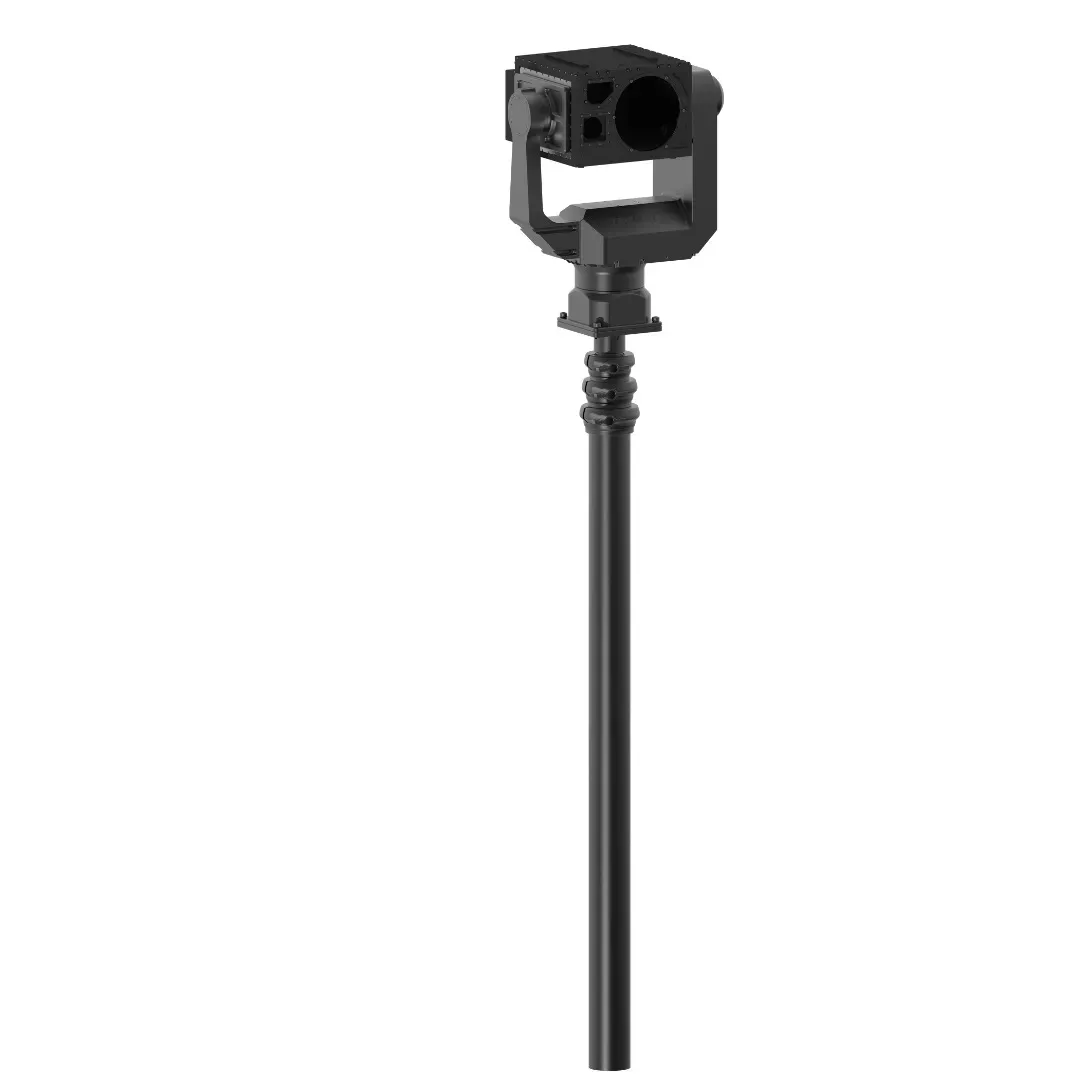New Standards in Today's Security: What is a Surveillance System and Why is it Important?
When it comes to security in the digital age, one of the first solutions that comes to mind is the Surveillance System. These systems are used in both individual living spaces and corporate structures to ensure security, record events, and provide deterrence. So, what exactly is a Surveillance System, and why does it play such a critical role?
What is a Surveillance System?
A Surveillance System is an integrated security system consisting of cameras, sensors, software, and network components. It is typically equipped with DVR/NVR recording devices, IP cameras, motion detectors, and remote monitoring platforms. The goal is to minimise security vulnerabilities by providing 24/7 monitoring and recording in specific areas.
Surveillance System Applications
Surveillance Systems are used not only in homes but also in many different areas:
Workplaces and factories: Employee monitoring, product security, accident analysis
Public institutions: Public transport, traffic monitoring, city security
Schools: Student safety, incident detection
Sites and residences: Theft prevention, remote monitoring
Why Should You Use Surveillance Systems?
Deterrence: The mere presence of cameras reduces potential threats.
Providing evidence: Incident footage is recorded and can be used as evidence in legal proceedings.
Remote access: Live monitoring can be done via mobile devices.
Cost advantage: Prevents losses in the long term and provides a return on investment.
Features of Modern Surveillance Systems
Thanks to advancing technology, surveillance systems are also becoming smarter. The most prominent features of new-generation surveillance systems are:
Face recognition and number plate reading
Threat detection with artificial intelligence
Cloud-based recording
Night vision and thermal camera support
Mobile application integration
How to Choose the Right Surveillance System?
When making your selection, it is important to consider the following criteria:
The size of the area to be monitored
The number and type of cameras required (dome, bullet, PTZ, etc.)
Recording duration and capacity
Protection against external factors such as IP66/IP67
Software support and remote access features


